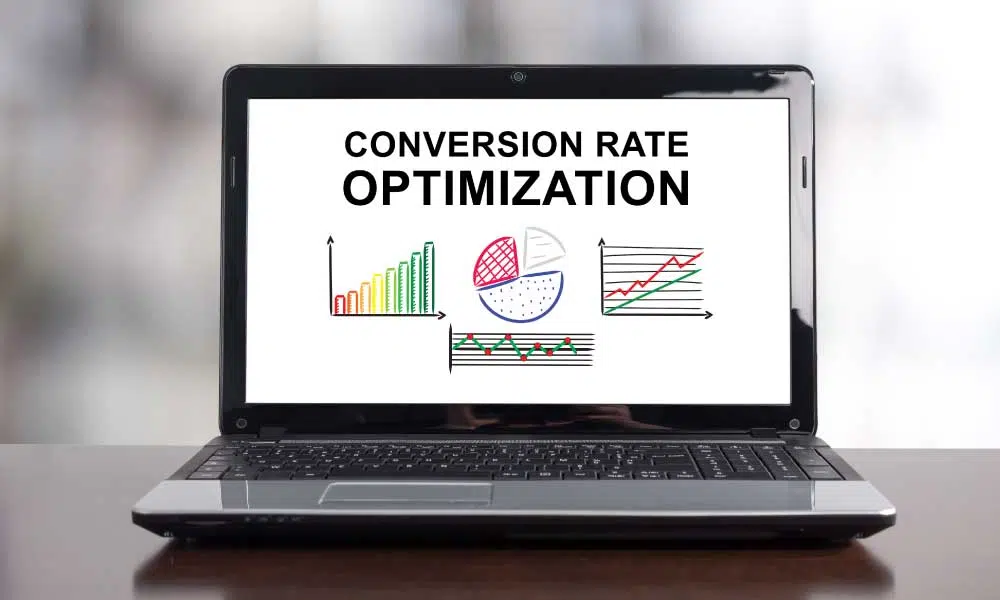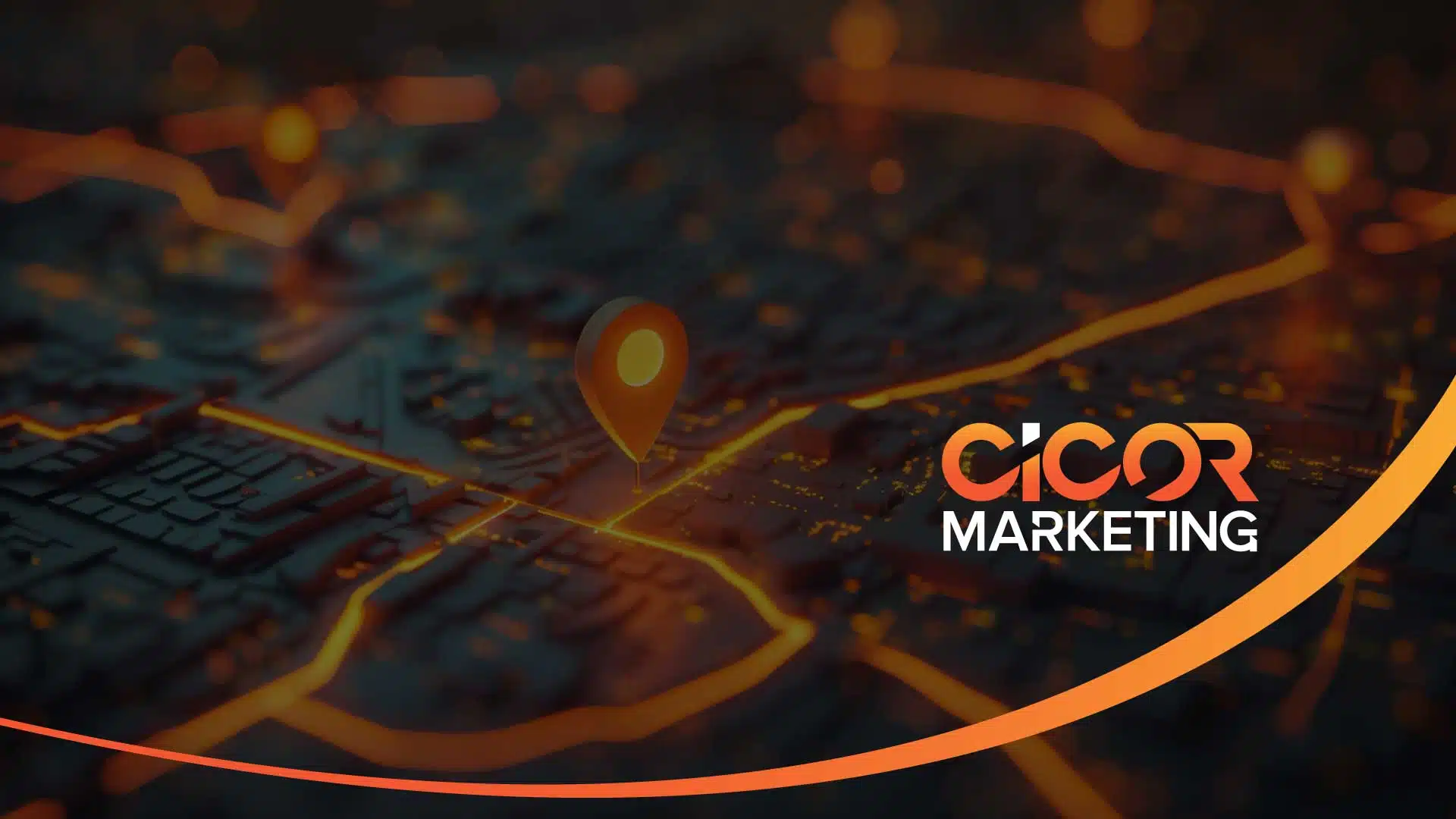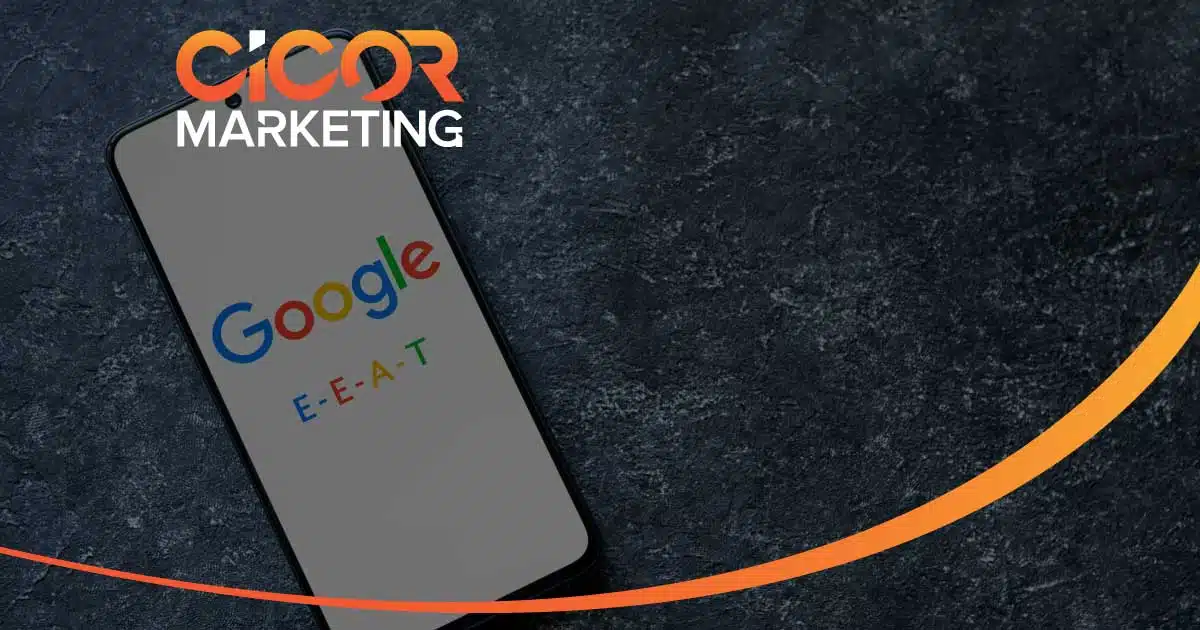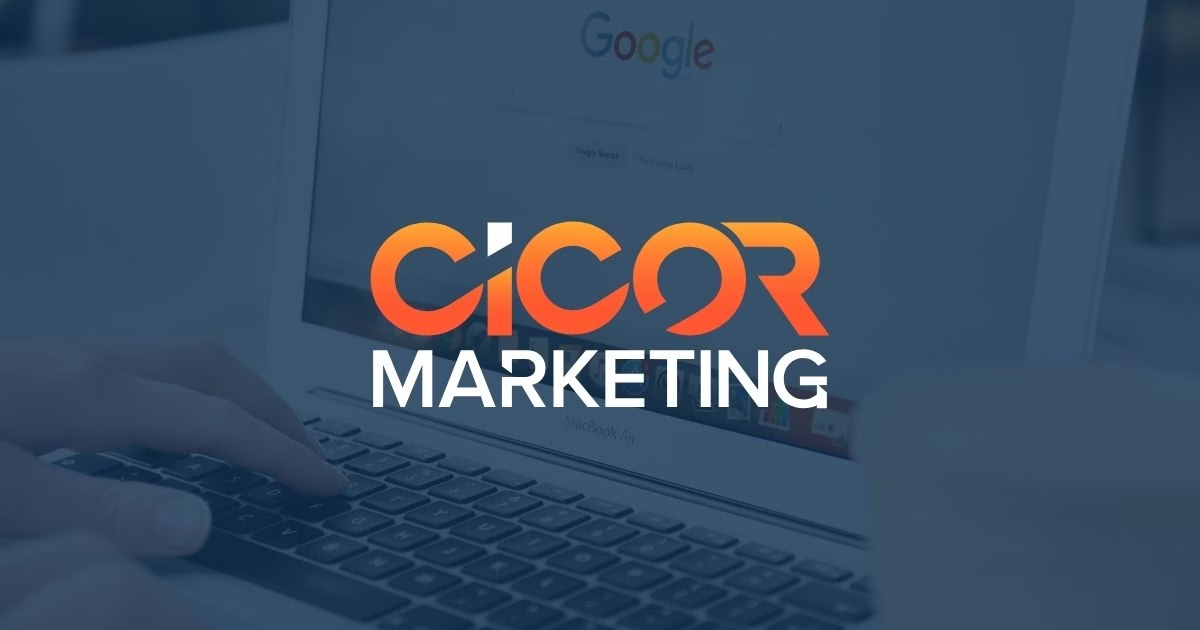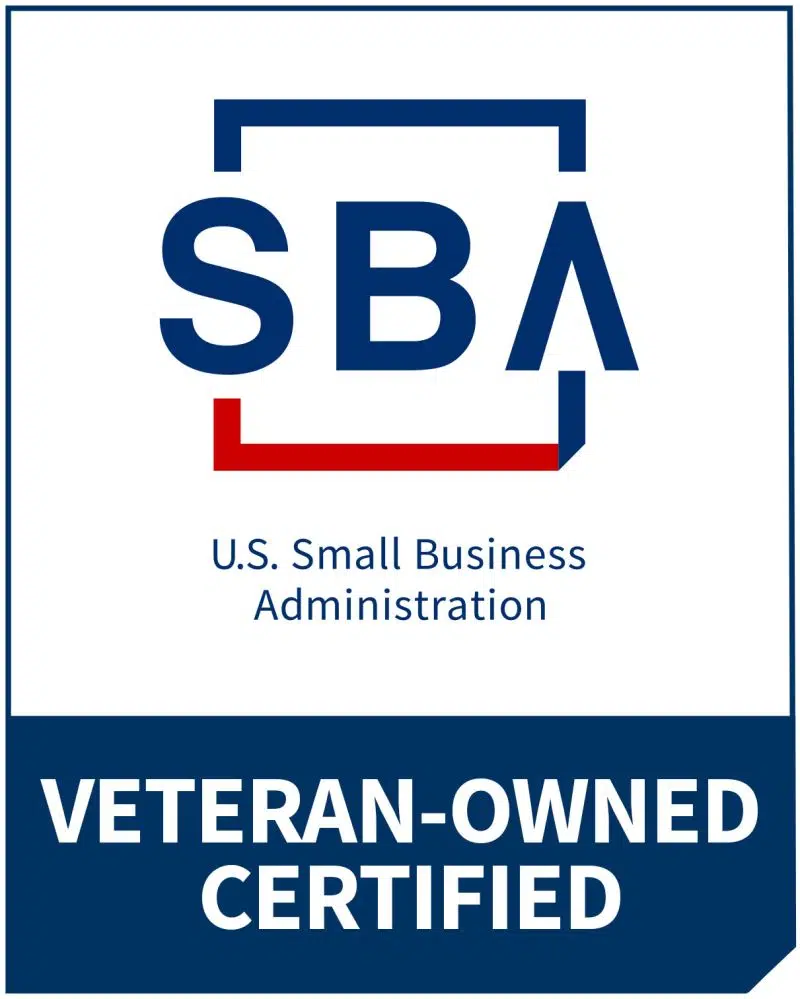Boost conversions with proven strategies to optimize user experience, refine messaging, and increase engagement for higher sales and leads.
The E-E-A-T Blueprint: Turn Your Real-World Expertise Into Google Rankings
You’ve done everything right. You built a professional website, published helpful content, and maybe even tried some SEO strategies you found online. So why aren’t customers finding you?
The answer might surprise you: Google doesn’t just care about what you say anymore. It cares about who you are.
The Secret Google Scorecard Every Business Owner Needs to Know
Imagine if Google had a secret scorecard for every business website. On this scorecard, they’re not just checking if you mentioned the right keywords. They’re asking deeper questions:
- Does this business actually know what they’re talking about?
- Can we trust them with our users?
- Would real people recommend this company?
This scorecard is called E-E-A-T, and it’s the reason some businesses dominate search results while others stay invisible.
What E-E-A-T Really Means (In Plain English)
E-E-A-T stands for Experience, Expertise, Authoritativeness, and Trustworthiness. But forget the fancy terms for a moment. Here’s what Google is really asking:
- Experience: “Have you actually done this work before?”
- Expertise: “Do you know what you’re talking about?”
- Authoritativeness: “Do other people think you’re good at this?”
- Trustworthiness: “Can people rely on you?”
Think of it like this: If you needed brain surgery, would you choose the doctor with a fancy website but no credentials, or the one with 20 years of experience, board certifications, and glowing patient reviews? Google thinks the same way.
Why This Matters More Than You Think
Here’s what happens when your website lacks credibility signals:
Scenario 1: Sarah searches for “best divorce lawyer near me.” She finds two websites. The first has a generic stock photo and talks about “providing excellent legal services.” The second shows the lawyer’s 15 years of family law experience, client testimonials, and recognitions from the state bar association. Which one do you think she calls?
Scenario 2: Mike needs his roof repaired. One company’s website just lists their services. Another shows before-and-after photos of actual projects, reviews from real customers, and videos of their team explaining different roofing problems. Guess who gets the job?
The businesses that understand E-E-A-T don’t just rank higher on Google. They win more customers.
The Four Pillars That Make Customers Choose You
1. Experience: Show Your Work
Your experience is your competitive advantage. Every problem you’ve solved, every customer you’ve helped, every lesson you’ve learned – that’s what sets you apart from competitors copying content from Wikipedia.
Instead of saying: “We provide comprehensive plumbing services.”
Try this: “Last month, we helped the Johnson family in Tampa fix a burst pipe that was flooding their kitchen. Here’s exactly how we solved it in under two hours…”
Real examples that work:
- Case studies with actual results (learn more about storytelling in SEO)
- Before and after photos
- Videos of you explaining your process
- Stories about challenging projects you’ve completed (see our content development strategies)
2. Expertise: Prove You Know Your Stuff
Expertise isn’t about using big words or industry jargon that confuses people. It’s about demonstrating deep knowledge in a way that helps your customers.
Here’s the difference:
Generic content: “SEO is important for your business growth and online visibility.”
Expert content: “If you’re a Chicago optometrist, here’s why explaining your approach to digital eye strain matters more than attracting busy professionals, and three specific ways to help patients understand the difference between prescription options.”
Ways to show expertise without sounding boring:
- Answer the specific questions your customers ask you
- Explain the “why” behind your recommendations
- Share industry insights that only come from experience
- Create helpful guides that solve real problems (explore our marketing blog for examples)
3. Authoritativeness: Let Others Do the Talking
Authority isn’t something you can claim about yourself. It’s what others say about you. Google looks for proof that real people and reputable organizations recognize your expertise.
Think of authority like social proof on steroids:
- When industry websites link to your content
- When customers leave detailed, genuine reviews
- When local media features your business
- When professional associations list you as a member
The fastest way to build authority: Stop focusing on yourself and start helping others. Write guest articles for industry blogs. Speak at local events. Become known for generously sharing knowledge through our marketing services.
4. Trustworthiness: The Make-or-Break Factor
This is where many businesses fail without realizing it. Your website might look professional, but small trust signals (or the lack of them) can make or break a potential customer’s decision.
Trust builders that work:
- Clear contact information with a real address
- Genuine customer photos and testimonials
- Professional team photos (not stock images) – see our team
- Transparent pricing or process explanations
- Security certificates and professional design
Trust killers to avoid:
- Outdated copyright dates
- Broken links or slow loading pages
- Generic stock photos everywhere
- No clear way to contact you
- Overly aggressive sales language
The Business Owner’s E-E-A-T Action Plan
Week 1: Audit Your Current Website
Walk through your website as if you’re a potential customer who’s never heard of you. Ask yourself:
- Would I trust this business with my problem?
- Can I tell this company actually does this work?
- Do they seem more knowledgeable than their competitors?
Week 2: Add Your Story
Replace generic content with specific examples from your work. Share customer success stories (with permission). Show your team in action.
Week 3: Build Your Expert Profile
Create detailed service pages that demonstrate your knowledge. Start a blog answering common customer questions with help from our content marketing team. Add team bios with real credentials and experience.
Week 4: Collect Social Proof
Ask satisfied customers for reviews and testimonials. Take photos of completed projects. Document your certifications and professional memberships.
When to Get Professional Help
Building E-E-A-T takes time, and many business owners find it challenging to write about themselves effectively. If you’re getting overwhelmed or not seeing results after a few months, consider working with a full-service marketing team that understands how to translate your real-world expertise into online credibility.
The right partner will help you identify your unique strengths and present them in a way that both Google and customers find compelling. Learn more about our SEO services and digital advertising solutions that work together to build your online authority.
The Bottom Line
E-E-A-T isn’t about gaming Google or learning technical tricks. It’s about showing the online world what your customers already know: you’re good at what you do, you care about results, and you can be trusted with their most important problems.
Your expertise and experience are already there. The question is: does your website show it?
Ready to make your expertise visible online? The businesses that master E-E-A-T don’t just rank higher – they attract better customers who are ready to buy. And that’s the kind of growth that actually matters.
Related Resources
- The Power of Storytelling in SEO Marketing
- PPC vs. Digital Ads: Key Differences Explained
- Contact CICOR Marketing to discuss your E-E-A-T strategy

